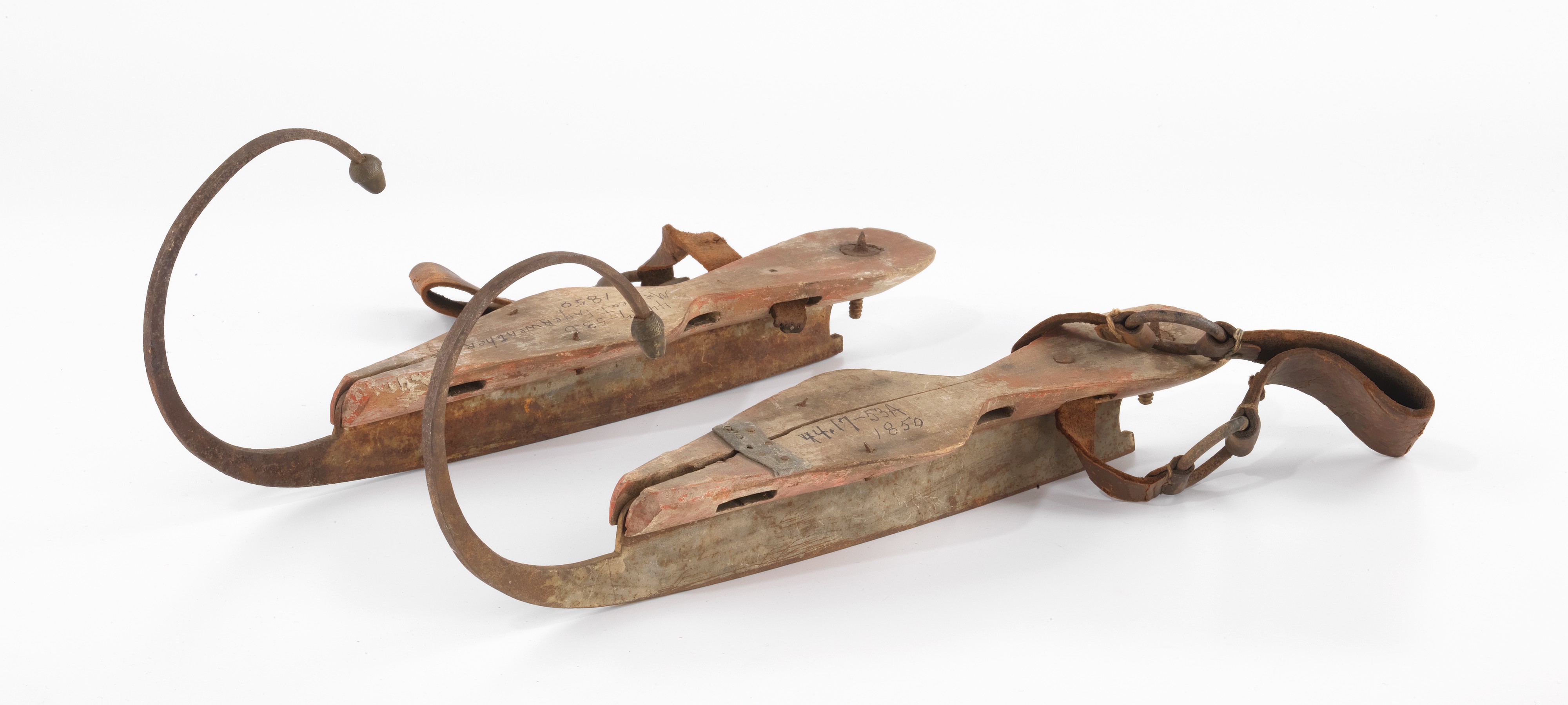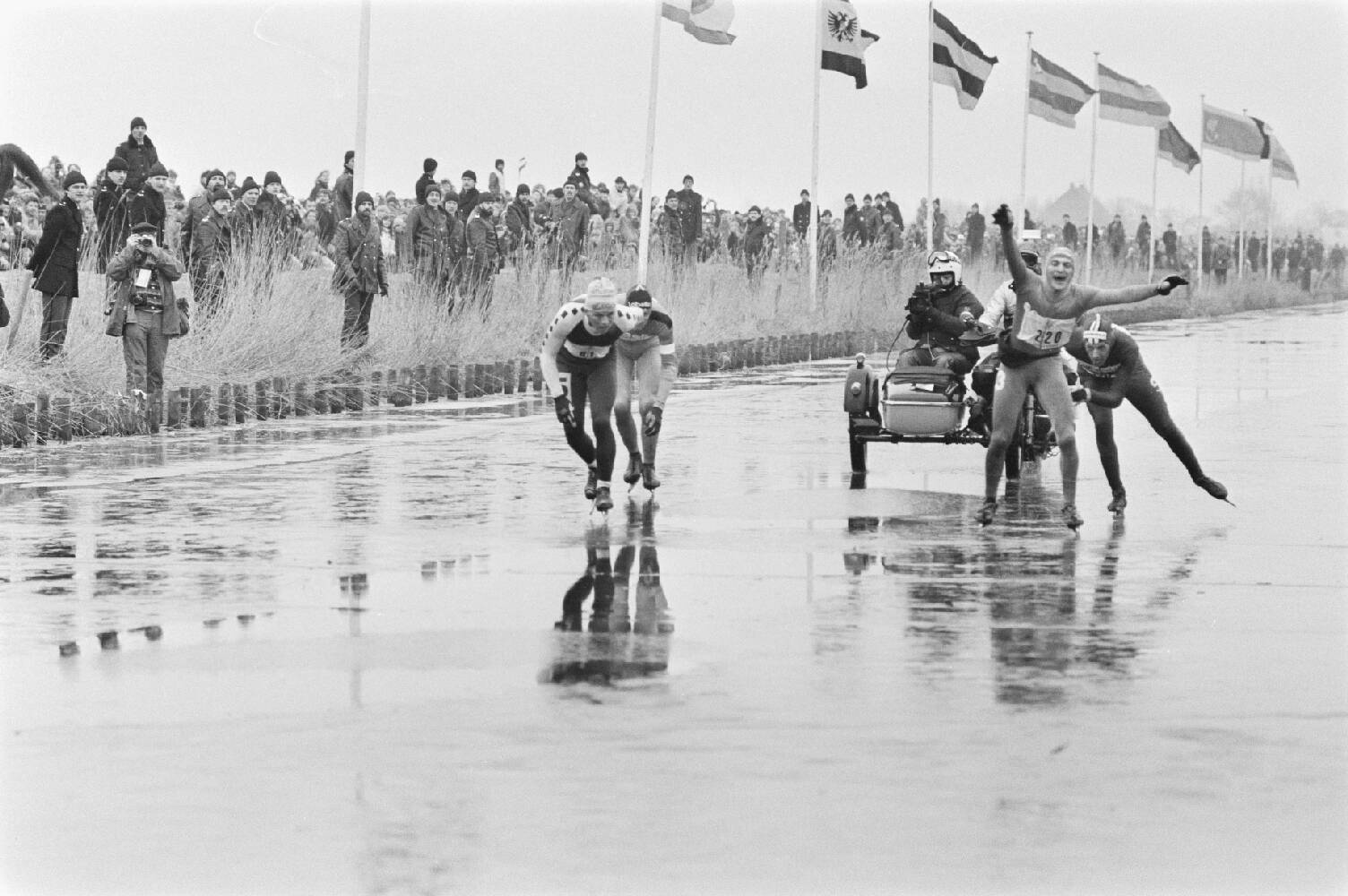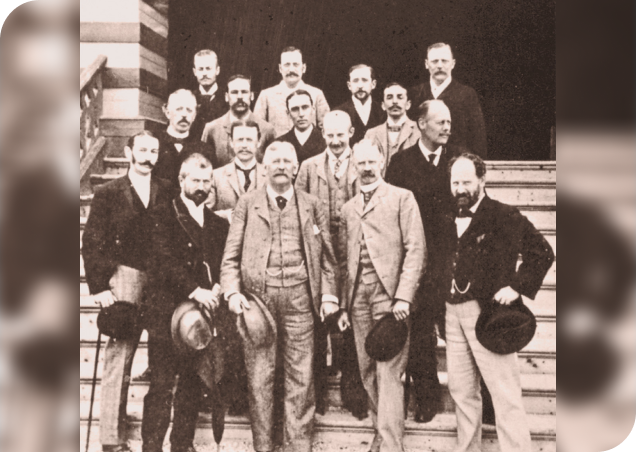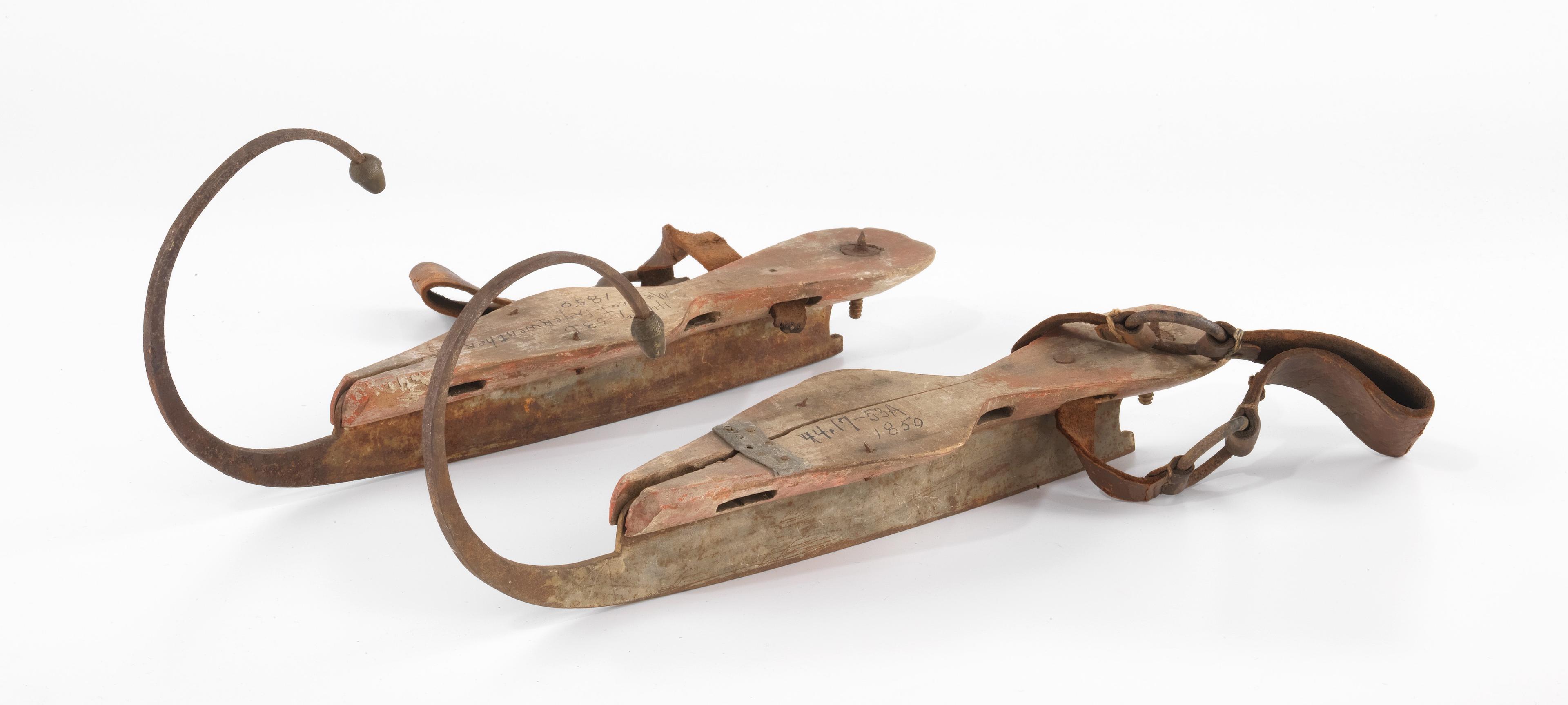SPEED SKATING
From bones to blades: the origins of Speed Skating
20 Nov 2024
It’s impossible to point out exactly when and where ice skating was invented, but the origins of the sport date back to the prehistoric era, when people would add bones to their shoes to slide over the frozen ground. Archeological remains of bone ice skates dating back to before 3000BC have been found in Europe and China. It's been quite the journey to reach modern day clap skates...
First mention in Latin
Bone ice skates were flat at the bottom and did not allow skaters to use a pushing technique to make speed in the same way as the sharpened edges of latter-day blades. Prehistoric skaters thus often used poles to push.
One of the first known texts which refers to ice skates was published in Latin around AD1180. In a description of the city of London, William Fitzstephen, a secretary to the then Archbishop of Canterbury, Thomas Becket, wrote:
“…when the great marsh…is frozen over, numerous bands of young men go out to play on the ice. They arrange their feet at a set distance, and gaining additional rapidity as they move, they traverse enormous space… Others of them are more knowing in their play, for they fit leg-bones of animals to their feet, binding them firmly around their ankles, and hold in their hands poles shod with iron, which they strike against the ice, and thus impel themselves on it with the swiftness of a bird or a ball from a cannon…”
Wooden skates and iron blades
Wooden skates with iron blades were first developed in the Netherlands. Archeological remains dating back to the early 13th century were found around Amsterdam and Dordrecht.

Early wooden ice skates (image in public domain)
Most likely, Dutch wooden skates with iron blades were taken to other parts of Europe over centuries. The Netherlands, with its many canals and lakes connecting villages and cities, had perfect conditions for speed skating when the water froze. From the 16th century, skating was often depicted in Dutch books and paintings.
Scandinavia and Russia also have a long speed skating tradition, but the conditions were less favorable there to develop skating in the early days. The frozen lakes were almost always covered with snow, thus favoring cross-country-type skis.
Yet speed skating gradually spread across Europe and Northern America from the 16th century. The skates developed into various shapes, with the iron blades becoming thinner with sharpened edges, enabling sideways pushing to gain speed.
Not work but pleasure
Whereas bone ice skates may have been used as means of transportation in the earlier days, iron blade skates were probably made for pleasure skating. The Dutch winters were not consistent enough to provide ice throughout the season, whereas snow and the need to clean the ice surface to make it suitable for the iron blades was a problem in other countries.
From pastime to sports
Expensive iron blades were originally a privilege for the wealthy – but in seventeenth century Netherlands ice skating had developed into the favorite pastime of people from all walks of life. When the canals froze, many skaters made long-distance tours from village to village, city to city.
In 1676, four friends from Dutch town Koog aan de Zaan embarked on a 12-city tour covering 320km in 16.6 hours. Tours like these became popular and, in 1909, the first Elfstedentocht (Eleven Cities Tour) was held in the northern province of Friesland. This race has been held fifteen times, the latest in 1997. Since then, winter conditions have not been cold enough.

Evert van Benthem (NED) wins the Elfstedentocht in 1985 (image in public domain)
Speed skating races were held in more northern European countries, with skating clubs in England and Scotland emerging from the seventeenth century. English soldiers probably took the sport to northern America in the first half of the eighteenth century.
First modern competition and founding of the ISU
The first modern Speed Skating competition was held in Norway in 1863 and the first major international Speed Skating race was held in Hamburg (GER) in 1885. In 1882, the first international Figure Skating competition took place in Vienna (AUT).
With the emergence of international competitions in both Speed Skating and Figure Skating, as well as the forming of skating clubs and national associations, the need to establish international standards to govern these sports became more and more apparent.
In July 1892, the Dutch association took the lead in calling for a meeting of representatives of all countries interested in international ice skating competitions.

The first Congress convened in Scheveningen (NED) on 22 July 1892, when the ISU was created © ISU
In the following year the first official ISU World Championships Speed Skating were held in Amsterdam, after previous unofficial championships at the same location in 1889, 1890 and 1891. The 1892 event was cancelled because of weather conditions.
Dutchman Jaap Eden was the first ISU World Champion winning the first three distances in the Allround tournament (500m, 5000m, and 1500m).











